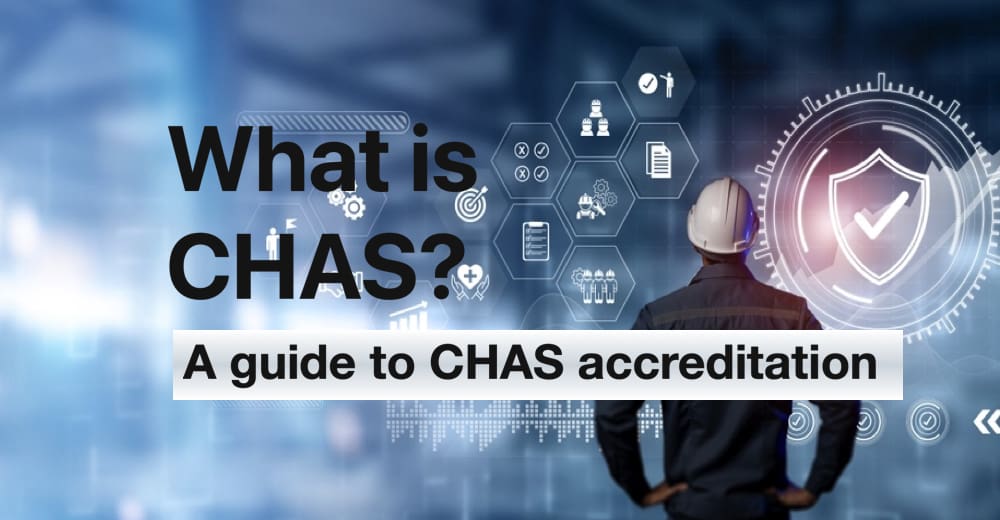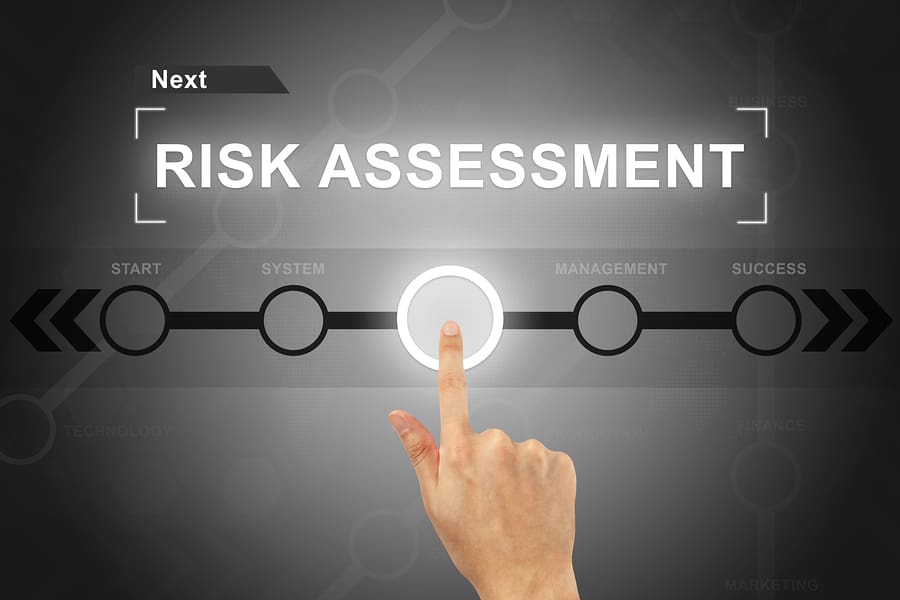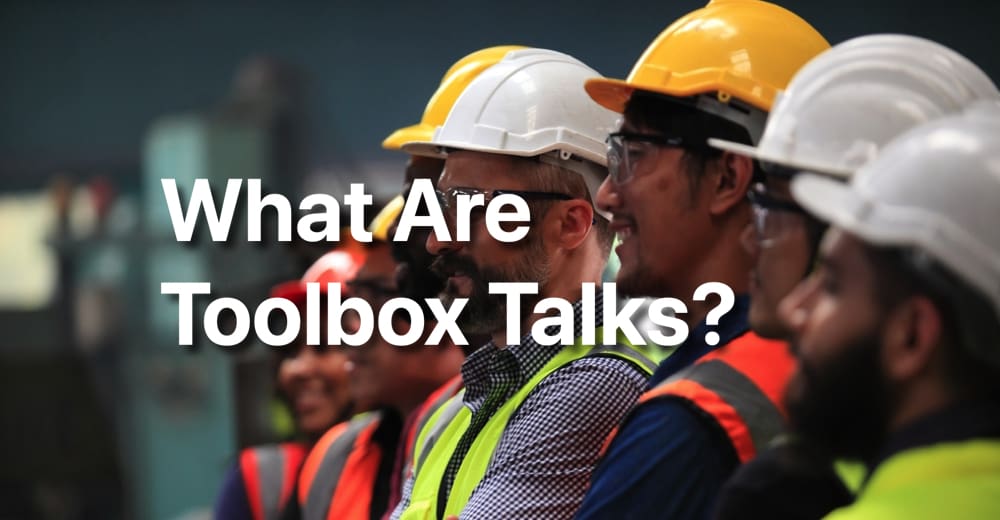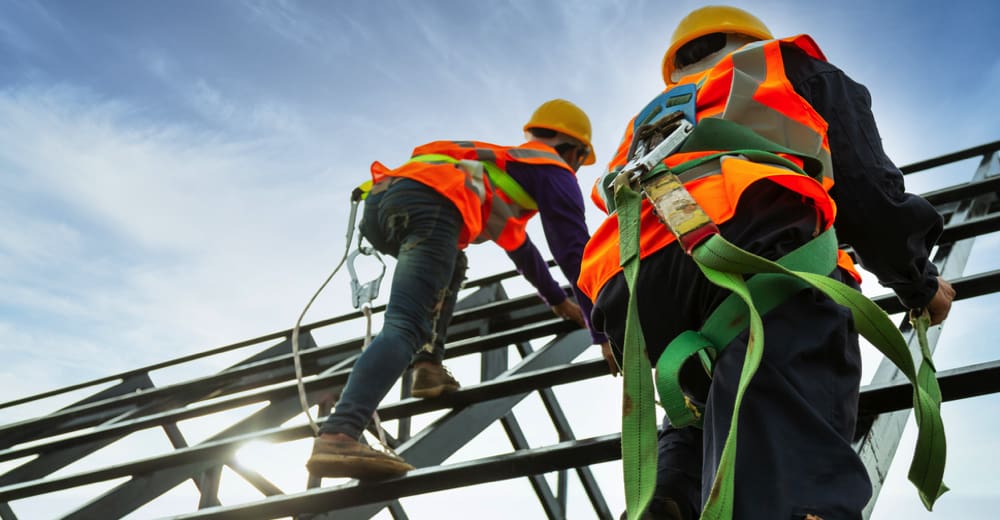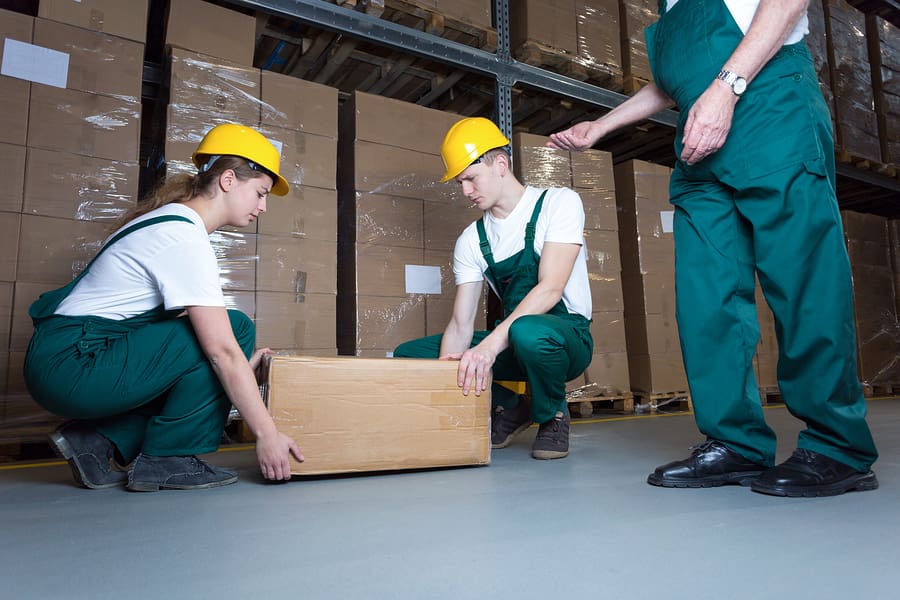CHAS deem to satisfy process
The CHAS Deem to Satisfy process (DtS) scheme allows contractors to apply for CHAS Standard membership without undergoing another health and safety assessment.
All member schemes listed on the SSIP forum adhere to the SSIP Core Criteria, backed by the Health and Safety Executive.
By mutually recognising each other’s schemes, suppliers benefit from only needing to complete one assessment, while buyers enjoy more efficient procurement processes. This approach reduces costs and has saved over £68 million since 2016.
Eligibility
Contractors must have already met the requirements of an assessment through another SSIP member scheme.
Benefits
Contractors can save time and resources by avoiding a full assessment. They can also avoid paying full price for multiple accreditations.
Process
Contractors can:
- Check if they have a qualification that CHAS recognises by contacting CHAS or using the e-form.
- Submit their assessment, which will be reviewed within 10 working days.
- Respond to any requests for additional information within the 2-week deadline.
CHAS deem to satisfy registered members
Two-Way Deem to Satisfy between SSIP Registered Members.
Approval with a Registered Member can only be used to Deem to Satisfy with another Registered Member; it cannot be used to gain a Deem to Satisfy with a Certification Body Member.
Below is the list of registered members you can use for deem to satisfy:
3Core2 Certification Limited Trading As SafeArb SafeArb
Achilles Information Ltd Building Confidence
Alcumus SafeContractor Ltd Alcumus Safecontractor
Altius VA Limited CDMComply
Arboricultural Association ARB Approved Contractor
Association for Project Safety APS Corporate Practice Membership
Avetta Avetta Assessed
CHAS 2013 Ltd Contractors Health & Safety Scheme
Construction Safety Solutions PASS
CQMS Ltd CQMS Safety-Scheme
D W Health & Safety DW Health & Safety Contractor Competency Scheme
Fall Arrest Safety Equipment Training Ltd FASET Membership Audit
Fortius Ltd Acclaim Accreditation
Greenlight Safety Assessment Scheme Ltd Greenlight Safety Assessment Scheme
Hire Association Europe Ltd SafeHire Certification Scheme
International Powered Access Federation [IPAF] IPAF SSIP
MSL Property Care Services Ltd MSL Safepartner
National Access & Scaffolding Confederation Ltd NASC SSIP Audit
National Federation of Demolition Contractors NFDC Membership
PQS Pre-Qualification Scheme PQS Health & Safety Approved
Salus Certification Salus Certification
Safe-T-Cert [NI] {Construction Employers Federation} Safe-T-Cert
Safe-T-Cert [ROI] {Construction Industry Federation} Safe-T-Cert
Safety Management Advisory Services Ltd SMAS Worksafe
SSG Training and Consultancy Ltd SSG Assessed
William Martin Compliance Limited Prosure 360
Learn more about CHAS
We have a series of articles where you can learn more about CHAS. The list of articles is below:
- What is CHAS
- CHAS accreditations
- CHAS registration
- Guide to CHAS
- CHAS renewal
- CHAS accreditation cost
- SIPP accreditation and CHAS
- CHAS assessment criteria
- CHAS Training Guidance
- Competent person and CHAS
- CHAS support
If you have any questions on what is CHAS accreditation please get in touch.





